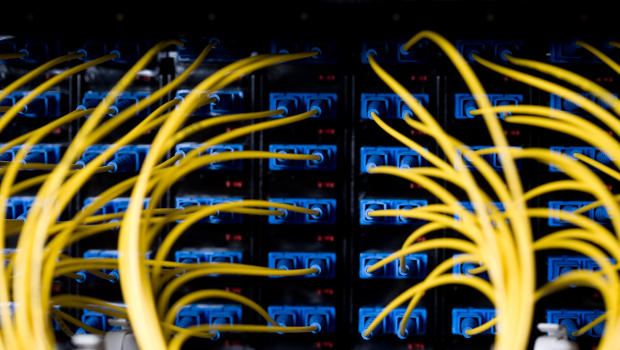There are interesting posts from a few Cisco executives taking a look forward into what should be a very interesting networking world in 2017.
First up is Cisco’s Jeff Reed, senior vice president Enterprise Infrastructure and Solutions Group who had a blog on the top 10 list for future 2017 network trends. It reads as follows:
WAN redesign: Many organisations are moving applications to the cloud, and will be making significant changes to their WAN architecture. The traditional “demilitarised zones” at their own data centres will be augmented, or in some cases replaced, by points-of presence hosted in co-lo facilities. Meaning, there is no need to back-haul cloud-destined traffic to the data centre and then to the internet.
NFV comes to the enterprise: Virtualisation is hot right now — and with good cause. We’re going to see Network Functions Virtualisation (NFV) spread from service providers to the enterprise — beginning in the branch. It will allow those leading-edge network teams with a multitude of branches to more easily provision, chain and scale branch network services.
IoT in the carpeted world: The Internet of Things (IoT) is becoming widely used in the operational technology part of the organisation. Now COOs are beginning to see the value that IoT can bring to the workplace (the carpeted world). This can be via intelligent lighting, location services in the workplace or connected AC systems. Expect to see companies bringing together the myriad of “things” within their carpeted space and driving more consolidation—all enabled by better security mechanisms like segmentation and profiling.
SDN moves beyond the data centre: The seeds of software-defined networking are already taking root in the data centre and now the WAN. Expect the SDN seeds to start sprouting in campus fabrics for both wired and wireless environments. The vision of end-to-end programmability and automation across all network domains will start becoming a reality in 2017.
Network assurance grows up, moves into the cloud: Interesting opportunities are being enabled by machine learning. We’ll see much richer and more capable network assurance and troubleshooting capabilities. By delivering these capabilities from the cloud and leveraging the aggregated experiences of a broader set of networks, we’ll see much better (and faster) diagnosis and remediation.
Location-based services goes from niche to mainstream: Wireless environments, especially in industries like retail, healthcare, entertainment and hospitality, are benefitting from the technology finally catching up with the promise of location-based analytics. Improvements in Wi-Fi combined with technologies like Cisco’s Beacon Point will now deliver on the promise of applications like wayfinding and space optimisation. The result: location-based services in the enterprise will move from niche to mainstream.
Voice over Wi-Fi at Scale: With VoWi-Fi support extending to Apple iOS devices and with expanded support from some of the major service providers, I think the user experience and roaming cost benefits will become more broadly available and realised this year, making the transfer of mobile calls to a Wi-Fi network more seamless.
Network “Admin” to Network “Programmer”: As the world of network programmability and SDN become more prevalent, so will the need for new skill-sets. Network admins who can combine deep networking knowledge with programming capability have the opportunity to drive impressive improvements in speed and scale of network ops. I expect 2017 to be an inflection point in the number of network admins learning value-added programming skills through programs like the Cisco Learning Network.
Programming moves from device to controller: While device-level programmability is a foundation for sustainable automated networking, I predict there will be much more focus this year on moving up the stack to controller-based programmability. This is where the real simplification, scalability and sophistication of the network happens. The majority of programming innovation will happen at the controller level with direct impact on the services traversing the network rather than with individual devices.






Subscribers 0
Fans 0
Followers 0
Followers